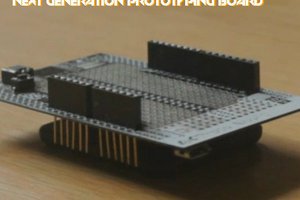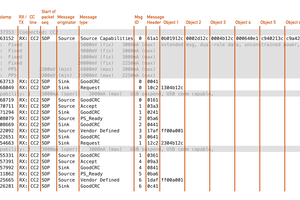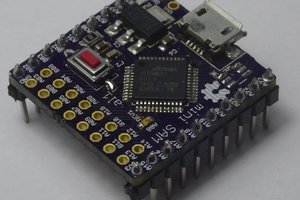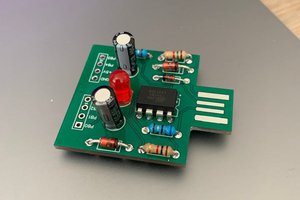I built this project so that I could interface with 3.3V sensors/radios easily because few Arduino Pro Mini clones are 3.3V or have a small form factor.
The costs are about $6 per board, the major cost factors being OSHPark ($2.30) and the ATMEGA328P ($2). Other significant components are the resonator and reset button, coming in at around $1.50.
Full Schematics and layout have been uploaded!
 Ben Lim
Ben Lim







 arief ibrahim adha
arief ibrahim adha
 Manuel Bl.
Manuel Bl.
 Alex
Alex
 Silícios Lab
Silícios Lab
as my estimation, the production cost should be half of your cost....$3 totally :)